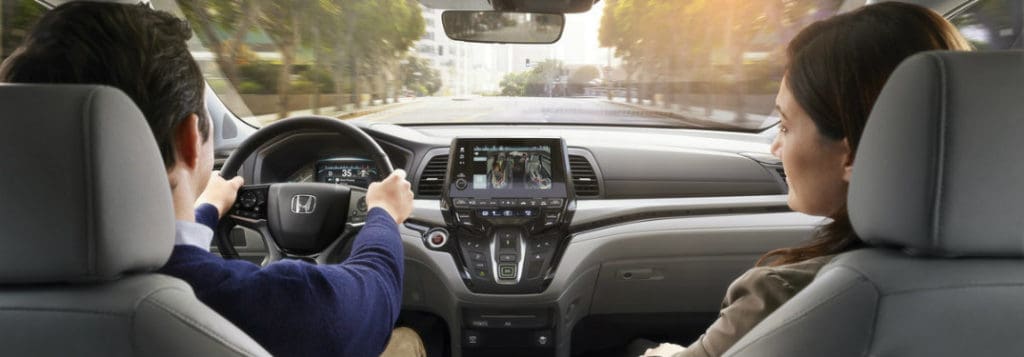An increasing number of vehicles now come with an app that lets you honk the horn, flash the lights, or even start the car remotely, without being in the proximity of the vehicle. This functionality promises major convenience and a certain freedom – imagine lending a friend your vehicle without worrying about dropping off the keys, or leaving your keys at home on a long vacation and starting your car in the airport parking garage with your phone.
Among the brands that offer these apps, including Ford and Chevrolet, this functionality is usually included at no charge or possibly with a small subscription fee.
Volvo plans on a remote key through apps and the Telsa Model 3 has no keys at all.
Autonomous Driving Advances
After several years in the spotlight, autonomous technology is truly impacting the industry. Tesla has attracted much focus in this area, but other automakers like Cadillac, Nissan and Volvo have similar systems. More systems are coming online soon.
Even if you love driving, it is easy to see how autonomous technology has the potential to transform the less-enjoyable aspects of the automotive experience, such as driving in a crowded city or in bumper-to-bumper holiday traffic on the highway.
Steering Collision Avoidance
Proof that driver-assist technology adoption is increasing comes from a wide variety of active steering systems reaching the market, particularly with ones that can steer you to avoid an accident. Both Volvo and Lexus have recently debuted active steering systems that not only guide you in your lane, but also steer you around potential collisions.
Automatic braking systems are already impressive feats of technology, but steering collision avoidance systems go above and beyond by actually taking the wheel to reduce the risk of an accident even further.
All-Encompassing Cameras
In the past, Autotrader’s editorial team heralded the safety benefits of backup cameras and 360-degree cameras that let you see outside the car. But now, cameras are being used for more functions than we ever expected. The latest Honda Odyssey, for instance, has a feature called “CabinWatch” that uses a camera to allow you to check on your passengers.
This feature will go a long way to reducing distracted driving – for instance, by no longer having to turn around to address unruly children – or by eliminating blind spots, as with some Cadillac models.
Digital Gauges
For years now, automakers have been replacing conventional instrument panel gauges such as the speedometer and tachometer with screens, but only in the past year or so has this feature started to reach its true potential. We are especially impressed with Audi’s Virtual Cockpit, which is basically like a second infotainment screen – only, this time, it appears right below your line of sight, meaning you barely have to take your eyes off the road.
These gauge cluster screens will only get more useful and more configurable, giving you far more than the typical readouts like speed, mileage and fuel level.
Better Bluetooth Capabilities
Connecting to in-car Bluetooth has gotten easier and easier over the years, and automakers are reaching new levels in 2018. For instance, the latest Honda Accord now comes with a feature that allows you to simply tap your (Android) phone to a spot on the dashboard and instantly connect. With this new feature, it becomes easier than ever to put your phone away and focus on driving.
Wireless Charging
A growing number of vehicles are adding wireless charging pads to their center consoles and interiors. This means you can just hop in a car, put your phone on the wireless charging pad and let the phone charge as you drive.
These devices tend to be inexpensive, and they are often included with higher trim levels of certain vehicles – especially with Toyota models – but increasingly the technology is being seen on a number of models from multiple brands.
